

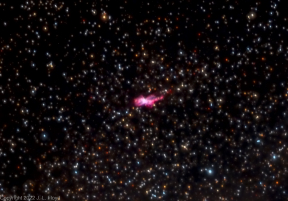
NGC6302 - The Bug Nebula448 viewsA bipolar planetary nebula in the constellation Scorpius. Also known as the Butterfly Nebula, but a larger telescope than the 5" refractor used to capture this image is needed to show the pattern clearly; it shows up well in Hubble images. In this image, the nebula looks more like a bug squashed on a car windshield.
|
|
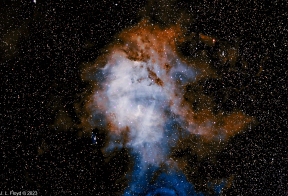
SH2-132, The Lion Nebula373 viewsEmission nebula in the constellation Cepheus, near the border with Lacerta; about 10,400 light-years away..
|
|
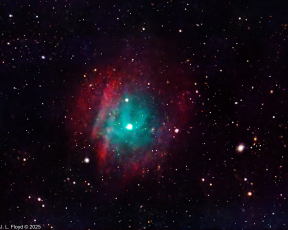
Sharpless2-313 - Planetary Nebula in Hydra424 viewsAbout 400 light-years away. Also known as Abell 35 or PN G303.6+40.0.
|
|
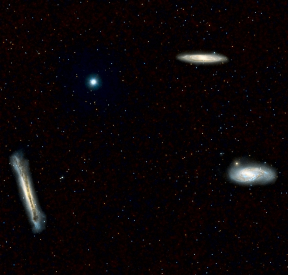
The Leo Galaxy Trio464 viewsA famous triplet of spiral galaxies: Lower right - Messier 66; upper right, Messier 65; lower left, NGC 3628. All about 35 million light years away in the constellation Leo the Lion.
|
|
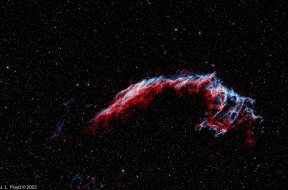
NGC6992 - The Eastern Veil Nebula439 viewsPart of the Cygnus Loop, a supernova remnant in Cygnus. Also known as the Network Nebula.
|
|
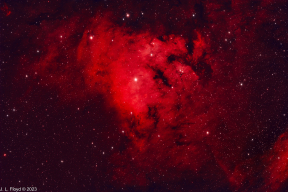
NGC 7822 - Star-forming region in Cepheus405 viewsIncludes the emission nebula Sharpless 171 and the star cluster Berkeley 59. Around 3000 light-years from Earth.
|
|
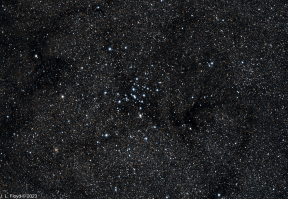
Messier 7 - Ptolemy's Cluster465 viewsAn open cluster of stars in the constellation Scorpius. Southernmost Messier object. 980 light years distant. Also designated NGC 6475.
|
|
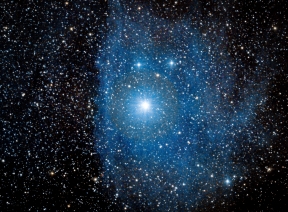
IC4592 - Blue Horsehead Nebula 392 viewsReflection nebula in the constellation Scorpius, lit by the giant septuple star Jabbah (Nu Scorpii). This photo shows only part of the nebula, so the horsehead shape is not evident here.
|
|

 |
 Last additions - Deep Sky Last additions - Deep Sky |
 |
|
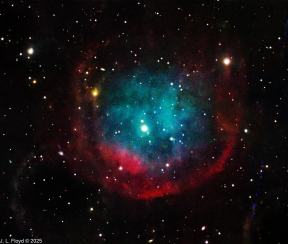
Sh2-290 - Planetary Nebula in Cancer418 viewsAlso known as Abell 31 and PK 219+31.1. Ancient planetary nebula, about 2000 light-years away, one of the largest in the sky but very dim.Jul 10, 2025
|
|
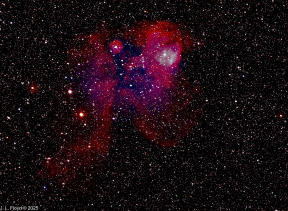
Sh2-311 - Emission nebula in Puppis360 viewsSharpless 311 (Sh2-311, NGC 2467, Gum 9, LBN 1065 + 1067) is a bright nebula located approximately 20,500 light-years away in the constellation Puppis.Jul 10, 2025
|
|

Sharpless2-313 - Planetary Nebula in Hydra424 viewsAbout 400 light-years away. Also known as Abell 35 or PN G303.6+40.0.Jul 10, 2025
|
|
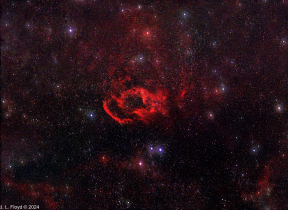
Sharpless2-180426 viewsDiffuse emission nebula in Cassiopeia, quite dimJul 10, 2025
|
|
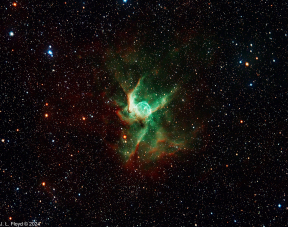
NGC2359 - Thor's Helmet407 viewsAn emission nebula in the constellation Canis Major. About 12,000 light-years distant and 30 light-years in size. Associated with the Wolf-Rayet star WR7.Jul 10, 2025
|
|
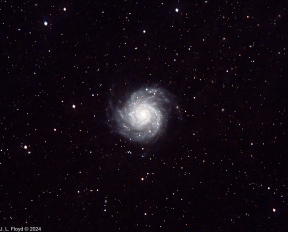
M74, Spiral Galaxy in Pisces445 viewsGrand design spiral galaxy with two clearly defined spiral arms winding counterclockwise from center. About 32 million light-years distant.Jul 10, 2025
|
|
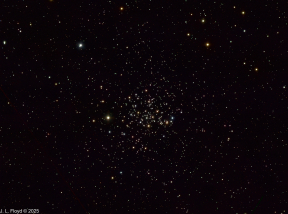
Messier 67 - Open cluster in Cancer412 viewsSometimes called King Cobra or Golden Eye Cluster. Distance 2600-2900 light-years. Estimated age 3.2 to 5 billion years.Jul 10, 2025
|
|
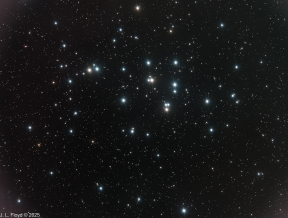
M44 - The Beehive Cluster409 viewsOpen cluster in the constellation Cancer. Around 600 light-years distant and 600 million years old.Jul 10, 2025
|
|

|